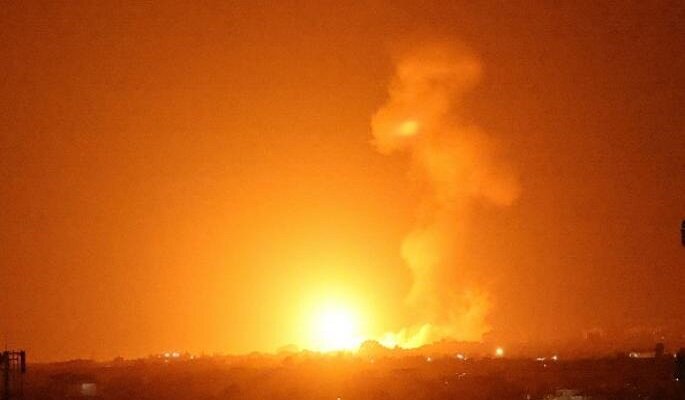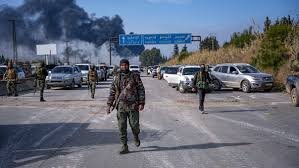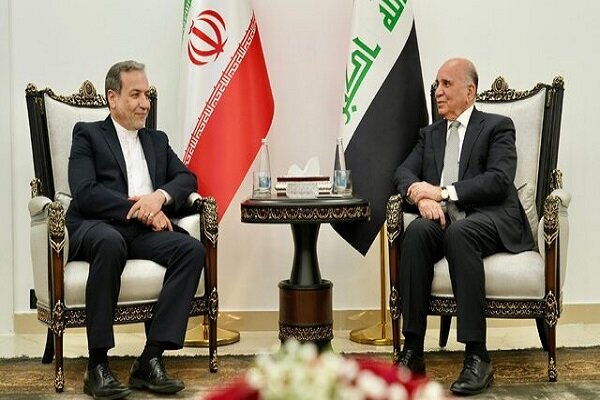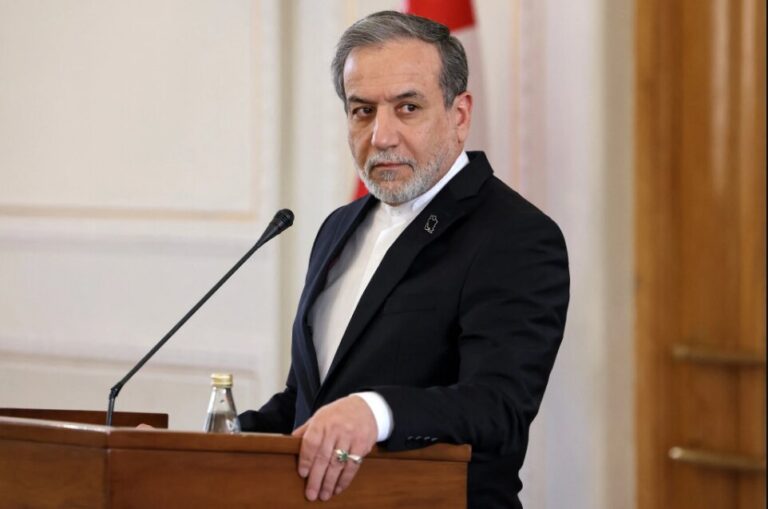Ukraine Drone Strikes Russia’s Largest Oil Refinery in Bold Strategic Move
In a recent development, the Russian air defense systems successfully intercepted two drones, marking another incident in the ongoing conflict between Russia and Ukraine. This situation highlights the increasing use of drones in modern warfare and raises concerns about the safety of critical infrastructure.
According to Alexander Drozdenko, the governor of Leningrad Oblast, one of the drones was shot down in proximity to the Kinef oil refinery, which is a subsidiary of Surgutneftegaz. Drozdenko provided updates on the incident via his Telegram channel, stating:
“The drone debris damaged the external cover of one of the tanks. The consequences are being eliminated,” the governor said. “There were no casualties or injuries,” he added.
This incident underscores the ongoing tensions and the potential for damage to vital energy infrastructure during conflicts. In a related report, the Russian Defense Ministry announced that they had successfully neutralized a total of 31 Ukrainian drones across various regions of Russia last night. This operation prevented what could have been significant damage had the drones reached their intended targets.
Here are some key points regarding the drone interception and its implications:
- Incident Location: One drone was downed near the Kinef oil refinery.
- Damage Report: The external cover of one of the tanks sustained damage from falling debris.
- Casualties: Fortunately, there were no reported casualties or injuries from the incident.
- Ukrainian Response: As of now, Ukraine has not commented on the Russian claims regarding the drone attacks.
- Defense Ministry Statement: The Russian Defense Ministry asserted that 31 drones were shot down, averting potential damage.
The use of drones in this conflict has raised several critical questions, including the effectiveness of air defense systems and the implications for civilian safety. With ongoing skirmishes and the potential for escalation, both nations are on high alert regarding aerial threats.
Moreover, the interception of these drones serves as a reminder of the evolving nature of warfare, where unmanned aerial vehicles (UAVs) are increasingly utilized for reconnaissance and attack missions. The ability of air defense systems to respond effectively is crucial in minimizing risks to both military and civilian assets.
As the situation develops, independent verification of these incidents remains a significant challenge due to the ongoing conflict. The fog of war often complicates the release of accurate information, leading to varied reports from both sides. Analysts suggest that effective communication and transparency are essential in reducing misinformation and fostering a clearer understanding of the events as they unfold.
In light of these developments, it is essential for both military and civilian entities to adapt to the changing landscape of warfare. Here are some considerations for enhancing air defense strategies in the context of drone threats:
- Improved Detection Systems: Investing in advanced radar and sensor technologies to detect UAVs more effectively.
- Comprehensive Training: Ensuring that military personnel are well-trained in drone identification and interception techniques.
- Public Awareness: Educating the civilian population about potential drone threats and safety protocols to follow during such incidents.
- International Cooperation: Promoting partnerships with other nations to share intelligence and strategies related to drone defense.
The recent drone interception incident serves as a critical reminder of the perils posed by UAVs in modern warfare. As nations navigate this new landscape, continuous improvement in defense mechanisms and strategies will be necessary to safeguard infrastructure and civilian lives.
The situation remains fluid, and further updates are expected as both countries continue to monitor and respond to aerial threats. The need for vigilance and preparedness in the face of evolving warfare tactics cannot be overstated.
Stay tuned for more developments in this ongoing story as we continue to track the implications of drone warfare in the context of the Russia-Ukraine conflict.






